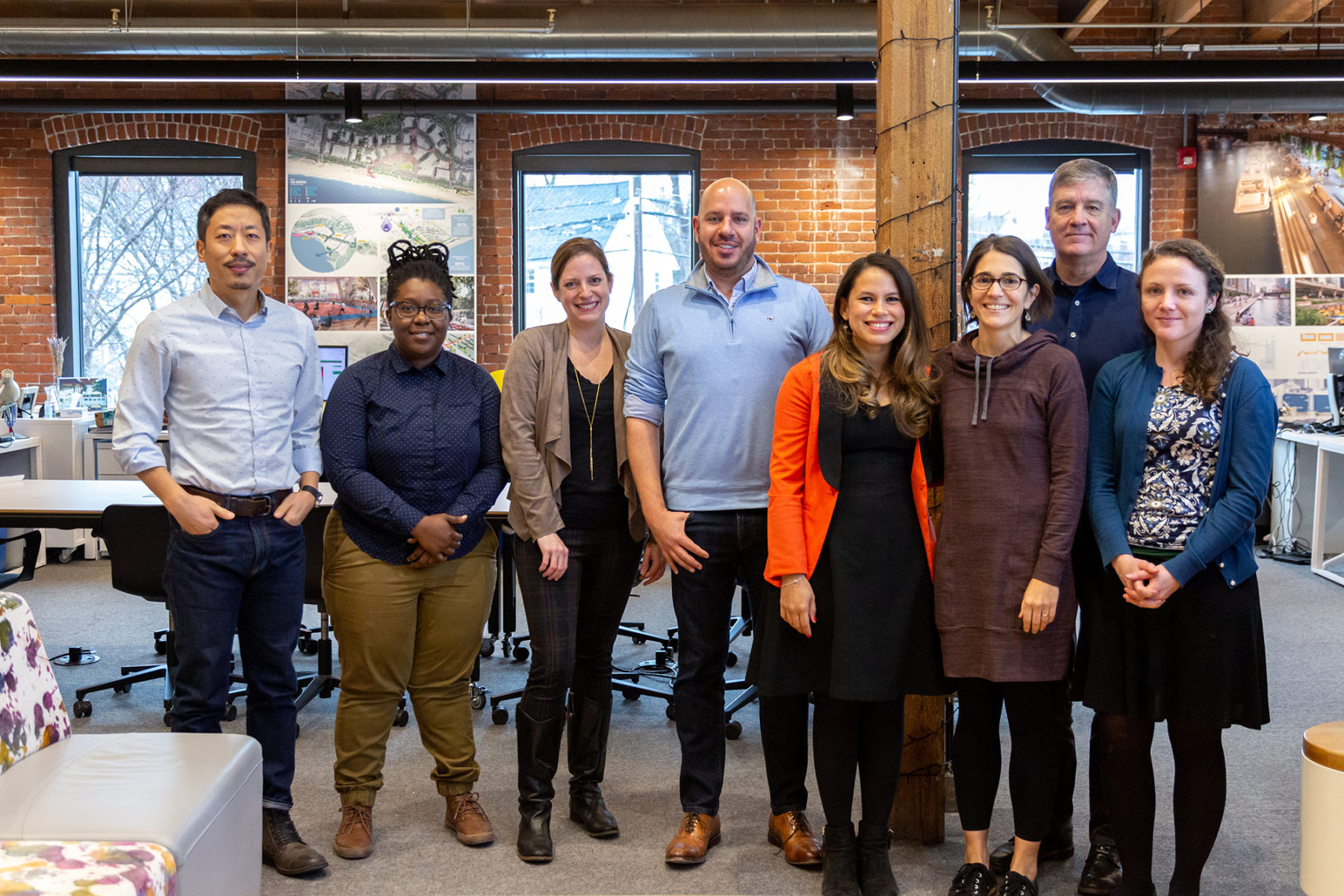Sasakians Lead Conversations at 2019 ASLA Conference

 Sasaki
Sasaki

This year, 12 Sasaki leaders presented at the American Society of Landscape Architecture (ASLA) conference.
The presenters spoke on topics ranging from effective project management, to incorporating research in the design process, to diversifying the profession (read about all of the presenters here). The conference touched on several topics impacting the profession of landscape architecture today, and the Sasaki presenters were among the leaders of these discussions. Read on to hear our designers comment on some key takeaways from the conference.
Landscapes around us are changing at a rapid pace. From increased technology in urban environments to the inevitable impacts of climate change, landscape architects are in a position to lead the conversations on how our society adapts to change.
“Back in 1950, Hideo Sasaki opined that ‘the profession of landscape architecture stands at a critical fork in the road. One fork leads to a significant field of endeavor contributing to the betterment of human environment, while the other points to a subordinate field of superficial embellishment.’ I believe that we find ourselves at a similar crossroads today. Our contribution as landscape architects is arguably even more significant in the era of urbanization and climate change. While artistry and craft will always be important to our profession, the focus on what I often refer to as the ‘aesthetics and poetics’ must converge with a more rigorous focus on science and adaptability. Our training as systems thinkers and our ability to lead through collaboration allows us to balance pragmatic needs with visionary outlooks. We are on a path to change the world, and we can do it as long as we are humble enough to listen and confident enough to lead.” –Michael Grove, ASLA
Successful designs begin with a solid technical foundation in a project’s details, such as materials selection and construction details. It is essential that landscape architects look beyond durability, workability, and cost to also ensure responsible sourcing of products and materials.
“Sustainability is beyond the technology. It is about our daily life style; it is also about social justice. Let’s be mindful about disadvantaged people and our environment when we design. I would also encourage our teams to familiarize ourselves with the latest construction materials and technologies available, dare to experiment with new materials and ways of building, and find the best alternative for each specific situation.” –Dou Zhang, ASLA, SITES AP, LEED AP BD+C
It is imperative that landscape architects externalize their work so that the general public knows the complexity of what they do and recognizes them as drivers of change.
“As a small but mighty group, working with everyone from ecologists to homeowners, landscape architects are promoting new norms for Low Impact Developments, Best Management Practices, native plants, and more. Landscape architects are change-makers who help take conceptual scientific and social ideas and translate them into a new physical reality. With a better understanding of the role of landscape architects, people begin to see that their built environment is not happenstance, but thoughtfully constructed, and therefore, how it can be made better in the future. In other words, landscape architects are agents of change, and by increasing the public’s awareness of our work, we increase the public’s ability to see the good in society around them and to believe in a better future.” –Kira Sargent
Integrating research during the design process is beneficial in generating innovative design solutions. Landscape architects must work to standardize research as part of the design process.
“Landscape design is also a process of investigation for the optimal solution to tackle societal and environmental challenges. Without research as an integral part of this process, the profession risks being trivialized for superficial impacts. To be able to claim meaningful impacts, we need evidence and quantifiable facts from research.” –Tao Zhang, ASLA, LEED AP, SITES AP
“At Sasaki our work transcends boundaries and research is at the core of what makes us who we are. Hideo Sasaki’s curiosity for making the world a better place and solving complex design challenges all emerge from a deep appreciation for the transformative power of research. At this moment in time, our world faces imperative environmental and anthropological pressures and our profession has to rise to the challenge and explore new ways to practice, build, and live on this planet. Research is the key to enabling new thought leadership to emerge.” –Diana Fernandez, ASLA
“Integrating research during the design process is beneficial in generating innovative design solutions. Landscape architects must work to standardize research as part of the design process. My thinking on research is in regards to empirical/data driven research, but also research on a site’s cultural memory and the many stories/identities that came before our particular role on the project: Research allows us to do a deep dive on our projects and gives us the space to build connections across multiple projects. It allows us to connect deeply with the work, to give the work a sense of grounding within a site’s historic, cultural, and ecologic context. Integrating research throughout the design process holds us all to a higher standard – one that demands honesty and rigor at all times.” –Jennifer Ng, ASLA